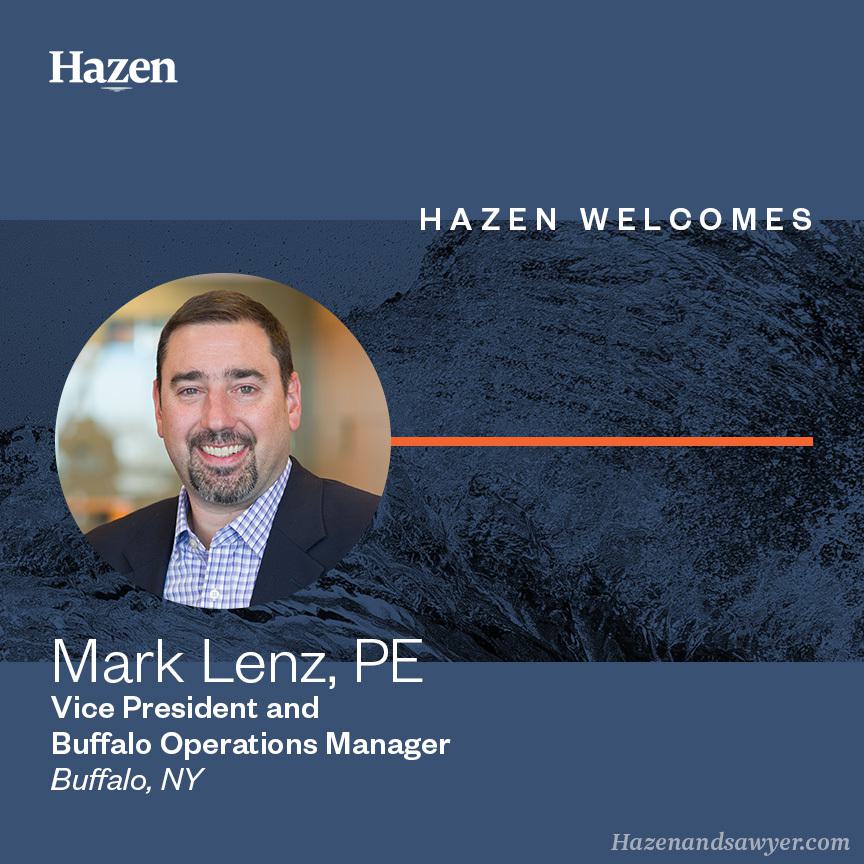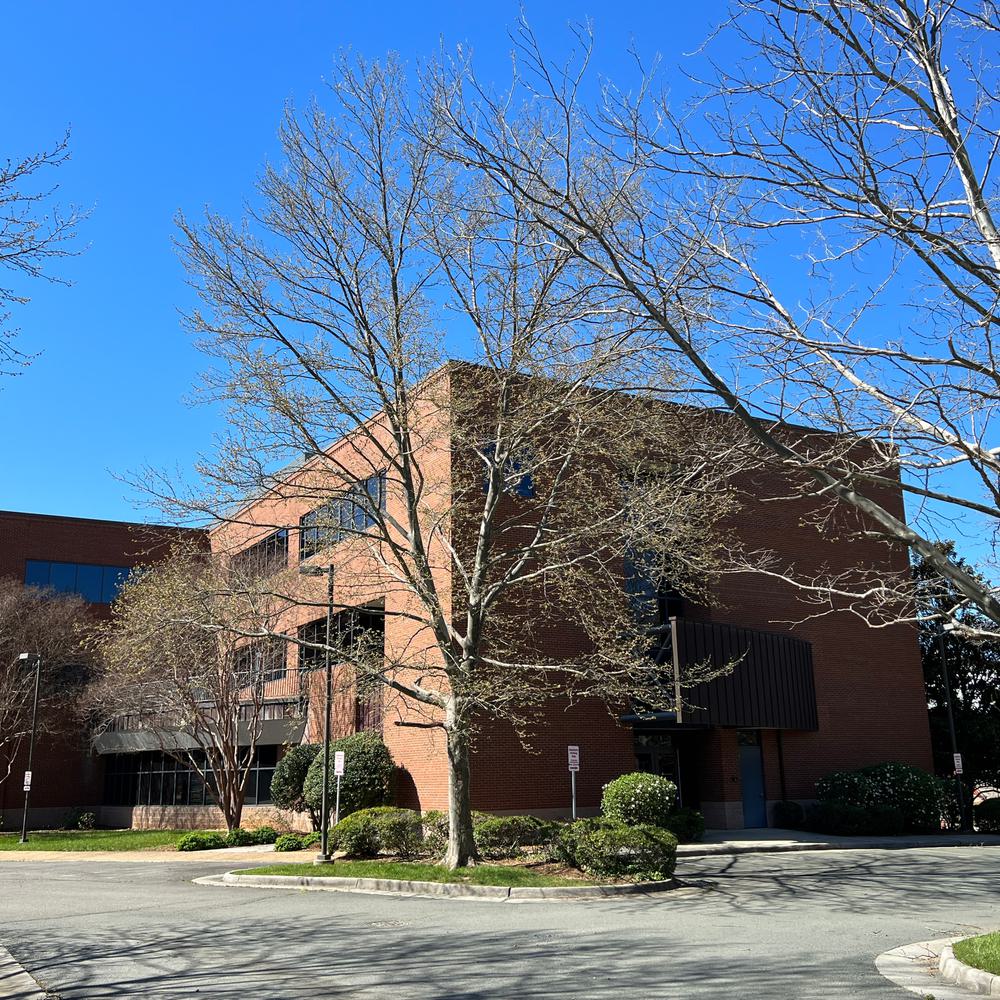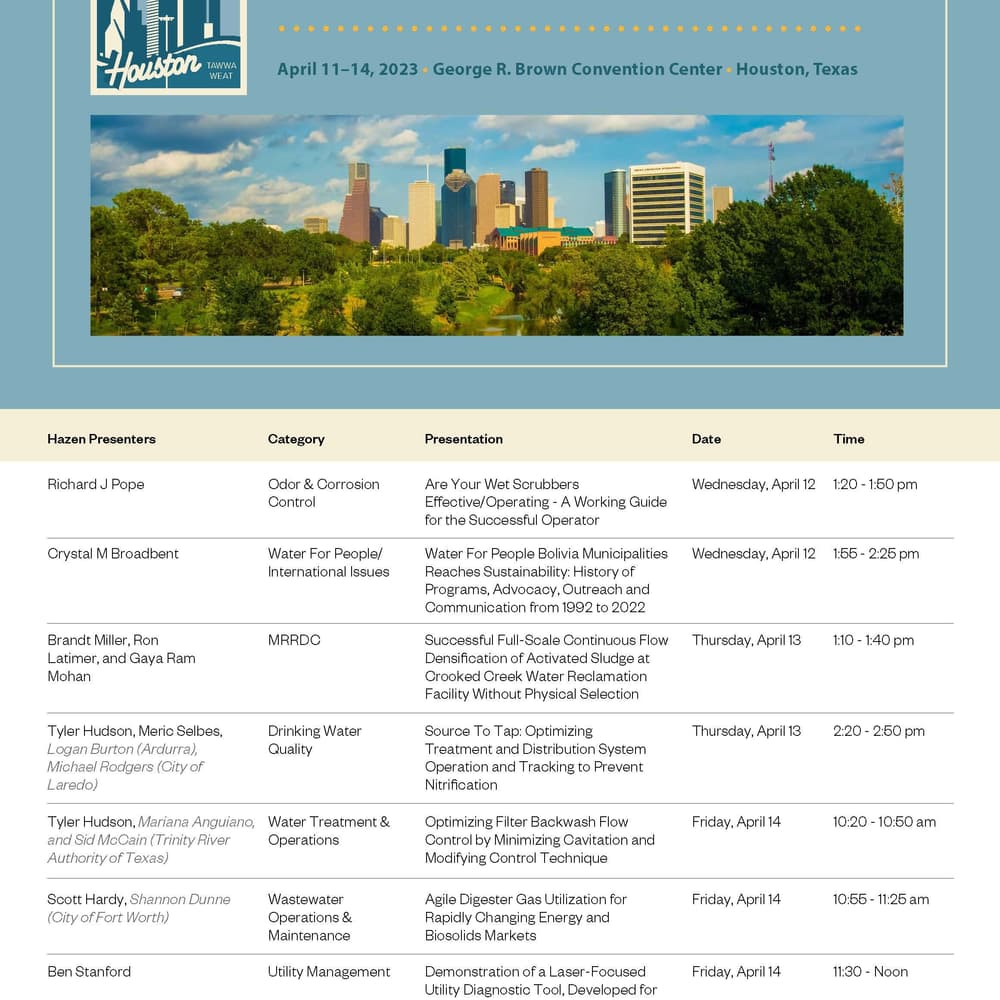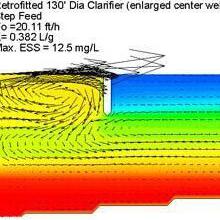Seeding a Digester with No Seed Sludge
Lessons Learned at a Nassau County Sewage Treatment Plant
Last Modified Feb 04, 2022
The Nassau County Department of Public Works (NCDPW) was cleaning digesters at the Bay Park Sewage Treatment Plant (STP) for the first time in fifteen years. Cedar Creek, the sister plant, had not cleaned digesters for approximately the same length of time and was scheduled to follow Bay Park for digester cleaning. Without a large source of readily available “clean” sludge for seed, the first digester would need to be seeded in an alternate method to be returned to service after cleaning. Because the Bay Park STP is very close to its neighbors, odor generation during the seeding process was a major concern.
Goals and Objectives
The primary goal was to determine how to quickly seal the digester and then seed it so that it would be able to be placed in a normal feed rotation and the next primary digester could be taken out of service for cleaning. With only four primary digesters at the plant and a minimum of three digesters required for operation, the first digester had to be fully functional before taking the next unit out of service. If placed into service too soon, the digester could fail and could potentially jeopardize all three operating primary digesters.
Identifying the Problem
Although the digester complex at the Bay Park STP is in the center of the plant grounds, the facility is very close to a number of parks and homes. When an anaerobic digester goes “sour” there is usually foul odors associated with it. The primary digesters at Bay Park are designed to have a water seal at approximately 85% of the tank volume, which is approximately 1.2 million gallons. If the tank is less than 85% full, the cover rests on the corbel and the water seal is broken, allowing gasses and odors to escape. Since the secondary digesters and sludge storage tanks had also not been cleaned in fifteen years, there was not a stock volume of clean sludge that could be readily pumped into the digester to fill it to the seal volume.
A second problem was that because of an issue with one feed valve on Digester #2, only one of the two hot loops could be used to feed the digesters. So, instead of the normal feed rotation of Thickened Waste Activated Sludge (WAS), rest, Thickened primary sludge, rest, both thickened primary and thickened WAS were fed to the digester at the same time, which increased the possibility of organic or hydraulic overload.
The Solution
A search of the available literature showed that the primary digester could use effluent water to seal the digester for the seeding process. Since there were no odors associated with the plant effluent water, the clean digester was filled over a five day period and then recirculated through the sludge heater to bring the digester temperature to 100 °F. The Bay Park digestion process is mesophilic and 100 °F is the upper limit of the mesophilic range. This was done to allow the anaerobic bacteria to start growing quicker.
Anaerobic digestion is a three stage process with the controlling stage being the rate limiting step. If the second stage bacteria start to work too quickly, the digester volatile acids will increase with the potential for digester failure.
Because the cleaning contract had a minimal wait time between turning over digesters for cleaning, an attempt was made to jump start the process and have the digester available within one month. This attempt resulted in an organic and hydraulic overload with the tank foaming up through the water seal. The second phase of the jump start was to fill the tank with a volume of sludge and not feed it for a few days to allow the methane formers to grow. This feed/starve mode lasted approximately 10 days and also resulted in digester foaming.
The third phase, which lasted six weeks, was to feed the digester as continuously as possible with minimal feed and slowly raise it up one week at a time. The first week of feed was approximately 5% of a normal feed rate. Also, only Thickened WAS was fed to the digester because it is a more stable sludge and it would allow the third stage methane formers to stabilize. After a total of 60 days, the digester was placed on a normal feed rotation and the next digester was taken out of service.
The typical monitoring parameters for anaerobic digester operation are volatile acids, alkalinity, Total and Volatile solids, pH and temperature. Since the plant only has a small operations laboratory, samples are only sent out for digester analysis once week (Mondays) with a minimum four day turn around for results. The frequency of sampling was increased to twice a week (Mondays and Thursdays) but this frequency still proved to be insufficient for seeding control. The Bay Park STP used to have a fully stocked laboratory and there was still chemicals stored in the Operations area. A bottle of full strength sulfuric acid was found and the Level I Operations Supervisor would dilute sulfuric acid to 0.2 Normality and performed an alkalinity test on the digester six days/week. Although this was not a lab quality test, it showed the alkalinity trend. The trend was confirmed by comparison with the twice weekly lab data. The in-house trend was sufficient to determine if the digester population was growing in the proper direction.
Lessons Learned
- Methane formers take time to establish and stabilize. (WEF MOP16 – With no seed sludge it takes 60-90 days to establish digester).
- DO NOT slug feed a large volume one day and not feed for a few days (overload/starvation).
- DO NOT slug feed once/day (overload/starvation).
- Feed small amounts as continuously as possible to allow system to remain stable while acclimating. Third stage is the rate limiting stage.
- Slowly increase total volume fed – at a minimum increase weekly.










